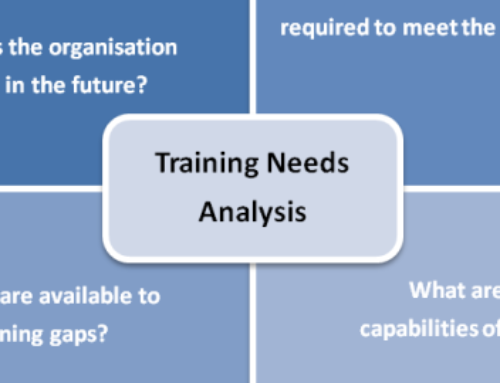There are many ways to meet people’s learning needs. The methods you choose to meet the needs will depend upon how people prefer to learn, the number of people needing training, and your budget. Think also about any special needs people may have and how to support them, so that your training is equally accessible to all who need it.
Some of the methods you could consider are:
In-house courses
Developing a course to be run on your premises and tailored to the needs of your staff and volunteers. Useful if the training need is widespread across the organisation or is quite specific to your needs, for example training on a new system or process.
You might commission an external trainer to develop and deliver the course or ask someone with relevant expertise within the organisation to deliver the training. If the latter, you might need to ask whether there is a need for some “train the trainer” training to ensure that they can communicate their knowledge effectively.
External training courses
Attending external training courses have the advantage of allowing you to network and learn from people in other organisations. This networking element is one of the reasons classroom-based training remains so popular. External training can be expensive, but there are many courses available that are priced at affordable levels for voluntary organisations, sometimes on a sliding scale. Good starting points for information on local training are local infrastructure organisations.
Conferences and events
Conferences are ideal for getting up to date with developments and for networking and learning from others. For information on some of the events being run within the voluntary sector, try the Improving Support website which provides information on conferences and learning events being run by the National Support Services in areas such as HR and Employment Practice, Volunteering, Campaigning and Equality and Diversity.
E-learning/Blended Learning
E-learning is increasingly being used to supplement traditional courses. With the developments in technology, structured E-learning is becoming more sophisticated and can be tailored to individual and small groups of learners. It can be used to provide large groups of people with the same material whilst still allow individuals to learn in their own time.
Books and journals
Sometimes the learning need can be met simply by reading a suitable book or buying an appropriate toolkit. Where the need is to keep up to date with current developments, a journal subscription and allowing time for reading as part of the working week can be a simple and effective way to keep learning current.
Coaching
Coaching consists of a series of structured one-to-meetings focused on improving an individual’s skills and performance, usually for the current job. Coaches seek to bring an objective perspective to a structured dialogue to help individuals find solutions to issues they are facing.
Sometimes coaches are hired from outside the organisation, but increasingly organisations expect all line managers to operate as coaches, which may indicate a training need at line management level.
Mentoring
Typically, mentors will be experienced managers (but not individuals’ line managers) who regularly meet more junior colleagues to help them perform better and develop them for career advancement. For more senior managers, outside mentors may sometimes be hired.
Shadowing
Shadowing involves spending a short period time with someone in a different job – either within your own organisation or externally. This might include sitting in on meetings, observing how day to day tasks are done. Shadowing can be useful as part of an induction when you shadow more experienced staff. It can also be used as a development opportunity where both parties can learn from each other, as being shadowed can help you review the ways in which you habitually work.
Secondments
A secondment allows an individual to take on a different role in a different part of the organisation (or in another organisation) for a set period of time – usually a few months. This might be a full-time secondment from your existing job, or part time, while you retain some of your existing responsibilities. These opportunities can be valuable in helping an individual learn about different ways of doing things.
Action Learning
Action Learning is a form of learning by doing. It involves working in small groups of around 6-8 people meeting on a regular basis, working through real problems with the support of the group. Drawing on the skills of listening and questioning, this method helps you to reach solutions and commit to acting. More information is available from Action Learning Matters.





